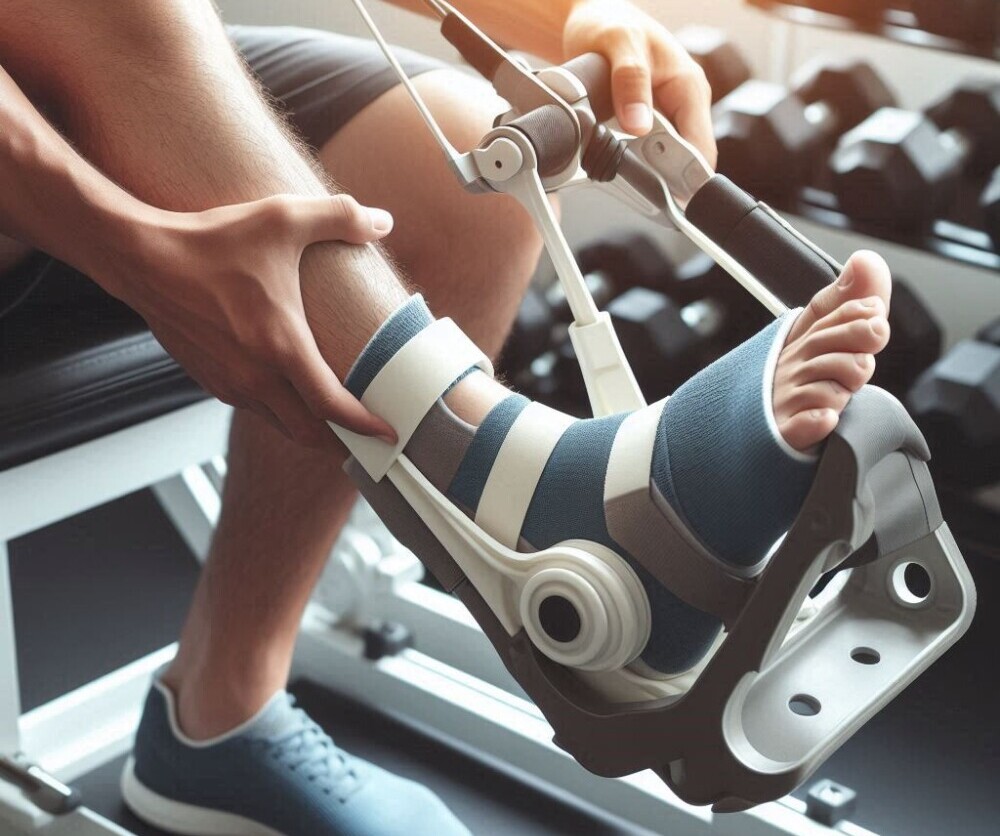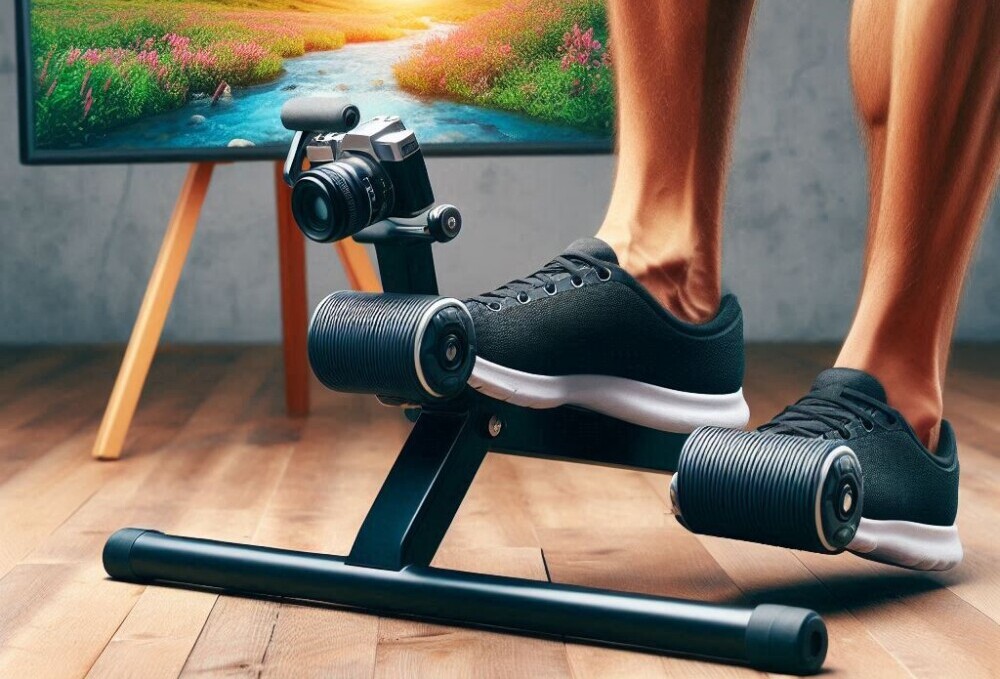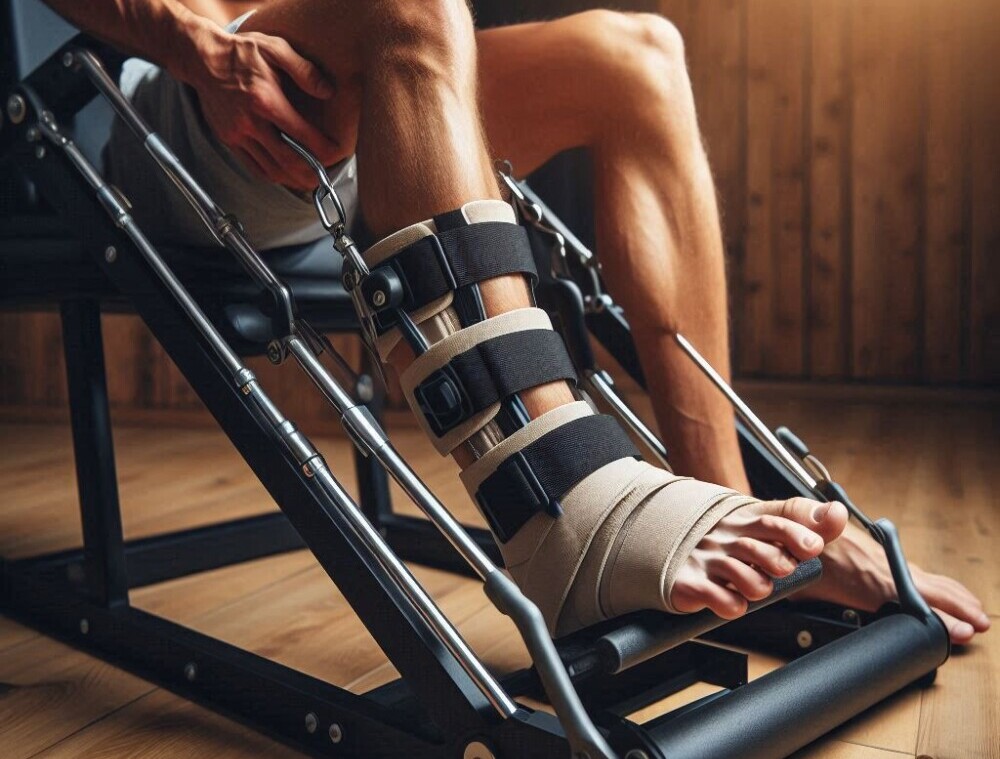
Lower leg injuries aren’t just a physical hurdle; they can really throw a wrench in your daily grind, especially when you’re a senior and you’re doing your absolute best to stay on top of health and mobility problems! Whether you’re dealing with fractures, sprains, or tendonitis, these injuries impact more than just your ability to walk. They can affect your confidence and turn your everyday activities into a challenge.
The emotional toll during your leg injury recovery time can be just as significant as the physical struggle. Imagine the frustration when getting from point A to B feels like a marathon. It’s important to acknowledge these feelings as a part of the process, not a personal failing.
Mobility loss is a biggie. It’s like suddenly realizing how much you took your legs for granted! Every little thing, from climbing stairs to just standing for a bit too long, becomes a dreaded task. Life’s usual rhythm gets interrupted, demanding a new pace that fits the current reality.
That’s why a solid rehabilitation program isn’t just a good idea—it’s critical. This isn’t about rushing back to pre-injury life. It’s more about understanding and respecting your body’s pace of healing while working through lower leg rehab exercises towards restoring function and mobility. A well-rounded rehab plan doesn’t just get you back on your feet; it helps rebuild your quality of life.
A very useful and helpful aid in your road to recovery is often brought about by using an air compression leg massager. A variety of these are available and they work by providing cyclic air compression around your calves and feet, loosening stiff muscles, easing fatigue and helping blood circulation. They feature compression boots and are both easy to use and safe. You can easily control the massager by a handheld controller, which will usually offer two or more massage modes and intensities you can choose from. An automatic shut-off function can prevent any issues that could arise from overuse. There’s also compression therapy that can be applied to more than just your legs. There’s treatment equipment available for the hips and arms as well, so your whole body gets to feel refreshed and revived.
The Science Behind Strength Training for Rehabilitation

Strength training steps up as an unsung hero when it comes to recovering from lower leg injuries. It’s not just about muscling up. This kind of targeted exercise in your lower leg injury treatment is essential in helping your muscles, tendons, and ligaments regain their former glory.
By incorporating strength exercises, you’re essentially giving your leg the tools it needs to support your weight and move around without discomfort. It improves stability, promotes blood flow, and reduces the risk of future injuries by building resilience.
Precision is key in picking the right exercises. They’re more than just movements—they’re carefully selected actions crafted to aid your recovery. Experts in physiotherapy suggest starting slow and focusing on gradual progression. This approach not only helps in actual recovery but also boosts your confidence as you see tangible improvement.
Strength training is like your investment into a healthier future. The benefits extend past the injury, helping prevent another round of leg troubles. It’s akin to armoring yourself with the strength and mobility to tackle whatever comes next, ensuring that when you bounce back, you stay back for good.
Creating a Personalized Strength Training Program
Every recovery journey is unique, and tailoring a lower leg injury treatment program to fit your specific needs is key. Setting realistic goals based on individual circumstances lays the groundwork for a successful rehabilitation plan.
Choosing exercises isn’t only about targeting the right muscles. It’s about understanding what your body can handle at a given point in your recovery. This might include basic movements like ankle pumps initially, progressing to more challenging routines as your strength builds.
Paying attention to how your body responds and adjusting your program is crucial. Some exercises may need to be modified or swapped based on your comfort level and progress. Regular check-ins with your therapist can help keep you on the right track.
But what if there were to be a specially designed and purposed strength trainer which could simultaneously condition and rehabilitate your entire lower leg including your ankle and foot? Now the good news! There is such a trainer that’s simple to use, portable, and works in a clinic setting, at home or on the road.
Any type of injury that occurs in the lower leg areas can vary from minor to extreme, so this strength trainer is designed to provide multiple interchanging strength-training angles with multiple resistance options. Achieving this is good news because it allows the lower leg muscles to be targeted through different levels of both resistance and movement at once. However, as always, before you use the strength trainer it’s essential you always talk to your own therapist/trainer and then you can carry out the therapy/training exercises that they provide you.
Navigating Challenges and Staying Motivated

Recovery isn’t always a straight line, and feeling discouraged is part of the journey through your leg injury recovery time. Pain and discomfort might pop up unexpectedly, testing your resolve to stay the course. Remember, persistence and patience are your best allies.
Having a solid support system can make all the difference. Family and friends providing uplift, alongside professional guidance from therapists, create a safety net that keeps you moving forward even when the going gets tough.
Staying motivated is about finding little wins every day. Celebrating small victories, like completing a set with less discomfort or working through exercises without needing to stop, can be wonderfully uplifting. That’s where specialist mechanical assistance with your lower leg rehab exercises can prove very beneficial in your recovery. It could be the real game changer that changes everything!
Integrating mindfulness and wellness practices into your routine helps maintain a balanced mindset. Meditation, deep breathing, or even taking a moment to appreciate the progress you’re making can refresh your focus and determination. These practices aren’t just good for the soul—they help put you in a better place physically too.
Hearing from others who have gone through similar recoveries can be incredibly encouraging. Real-life success stories serve as reminders that progress, while sometimes slow, is both possible and rewarding. Their experiences can offer practical tips and inspiration as you navigate your own path to recovery.
Affiliate Disclosure
Here’s a little transparency: Our website contains affiliate links. This means if you click and make a purchase, we may receive a small commission. Don’t worry, there’s no extra cost to you. It’s a simple way you can support our mission to bring you quality affiliate marketing content.

This post really resonates with me!
My brother went through a lower leg injury, and I saw firsthand how tough the recovery process can be—not just physically, but mentally too. Even small tasks became a challenge, and it was frustrating for him. Strength training played a huge role in helping him regain mobility and confidence. I love how this post highlights both the practical steps and the emotional side of recovery. Having the right tools and mindset truly makes a difference.
Thanks for sharing such valuable insights!
Thank you, Alice, for your comments.
I hope your brother has made a good recovery or, if still in that process, that things are coming on well for him.
You’re certainly correct about the emotional side of recovery and having the right mindset through the healing process.
For the person recovering, it’s important that, instead of dwelling on your limitations, you concentrate on the exercises and activities you can do. In other words, celebrate small victories! Remember, too, that your physical and your mental well-being can both be positively impacted by proper nutrition, adequate sleep, and gentle activity (as advised by your doctor).